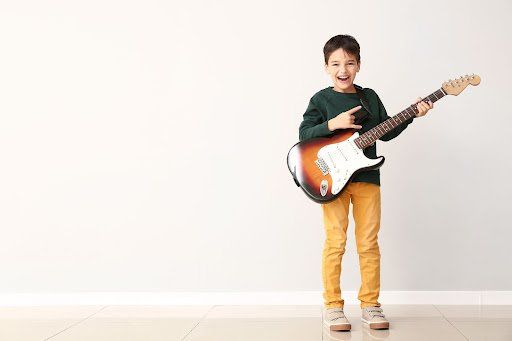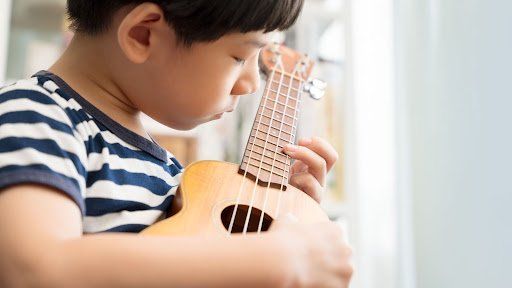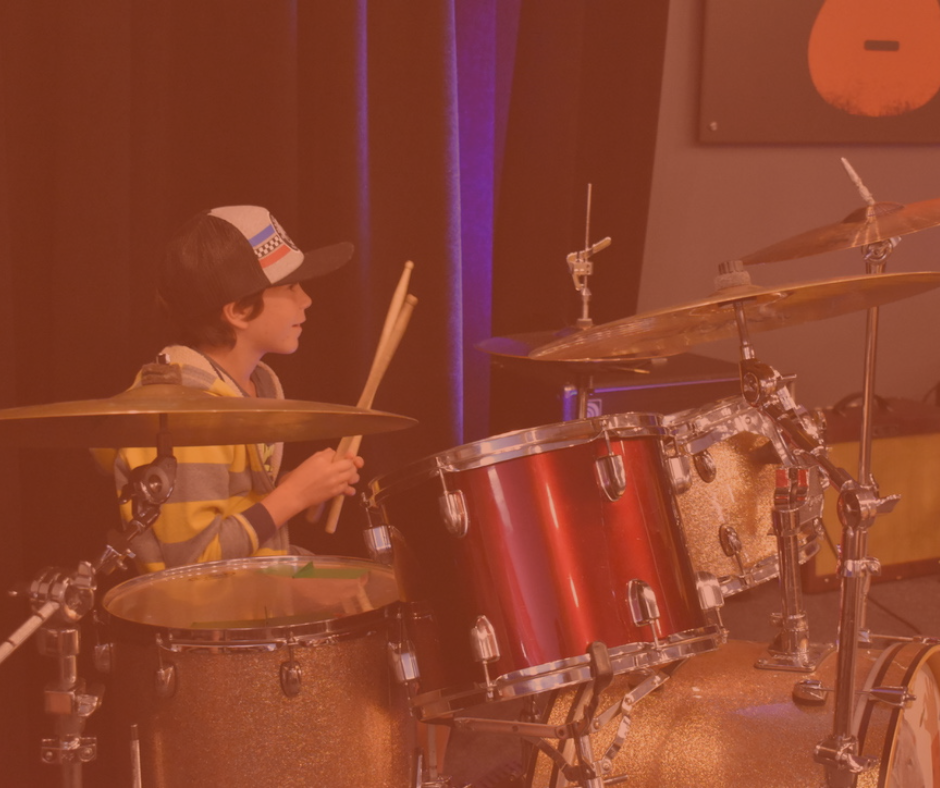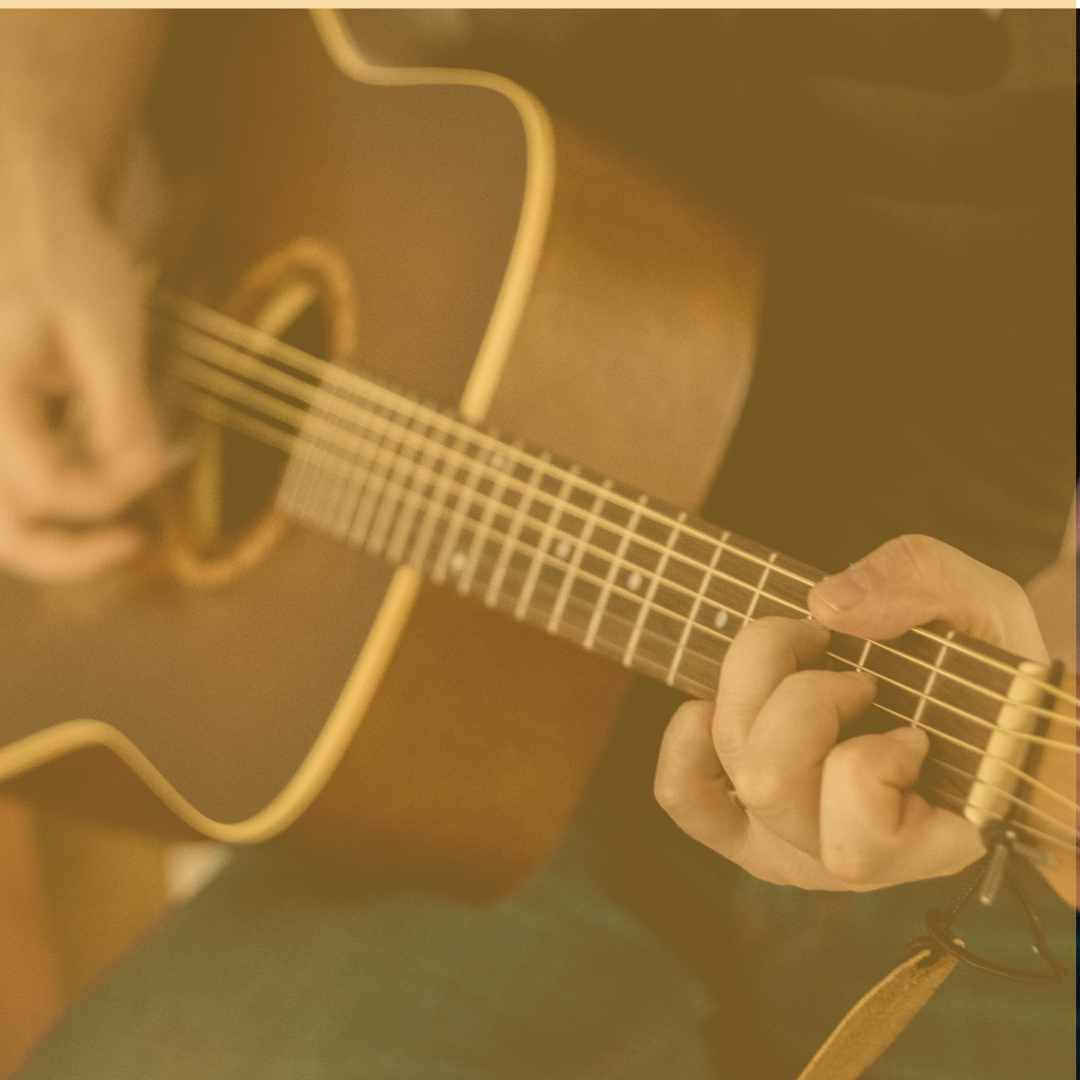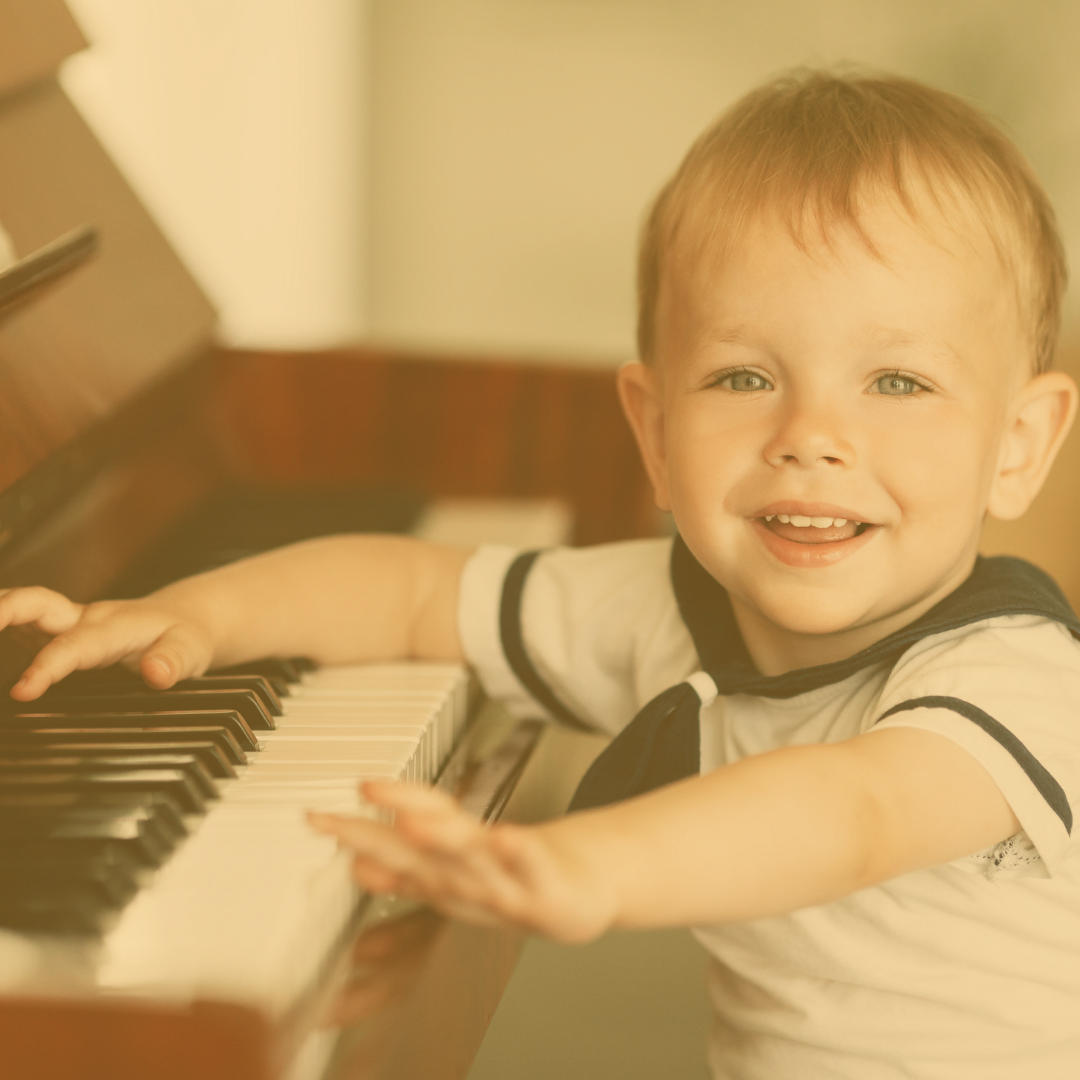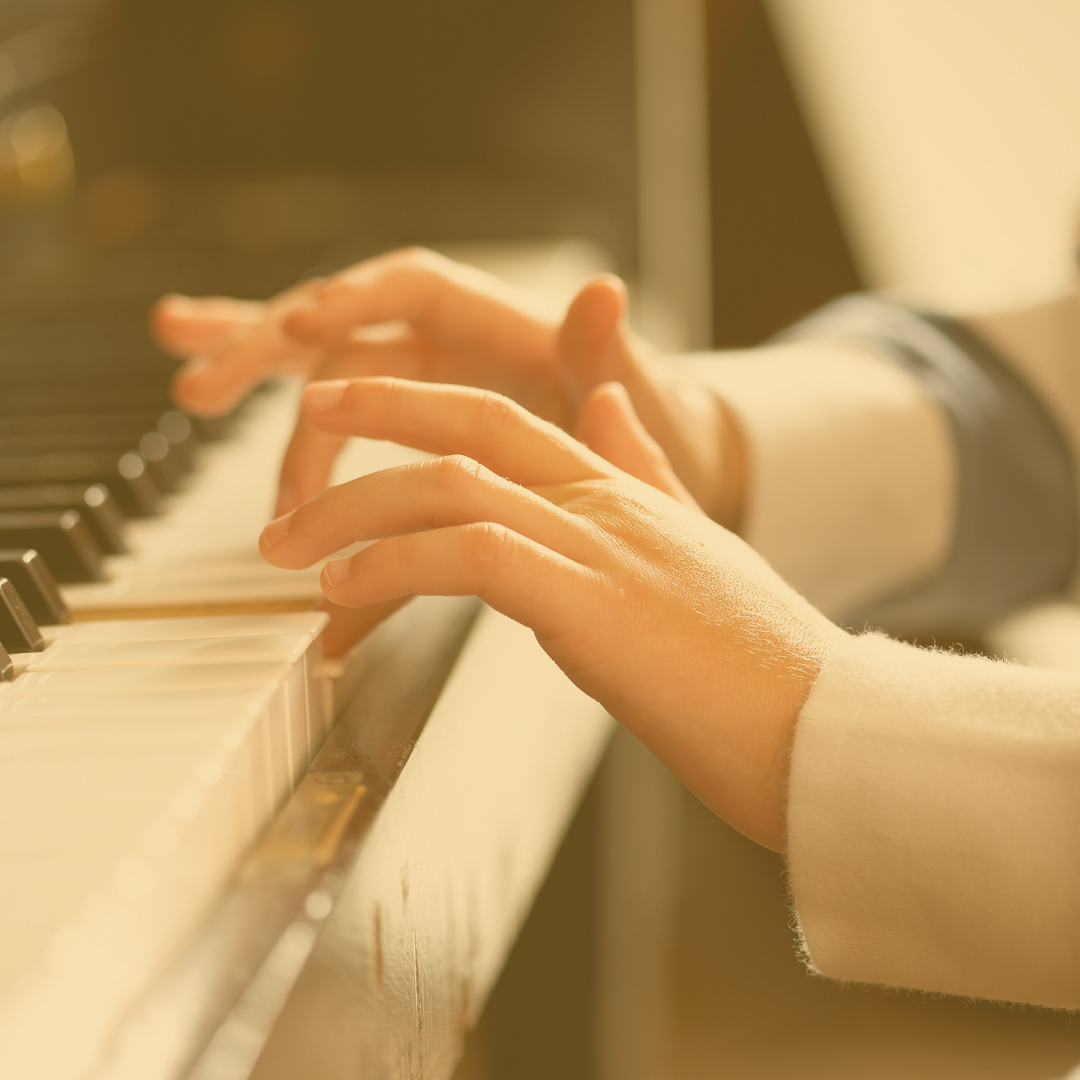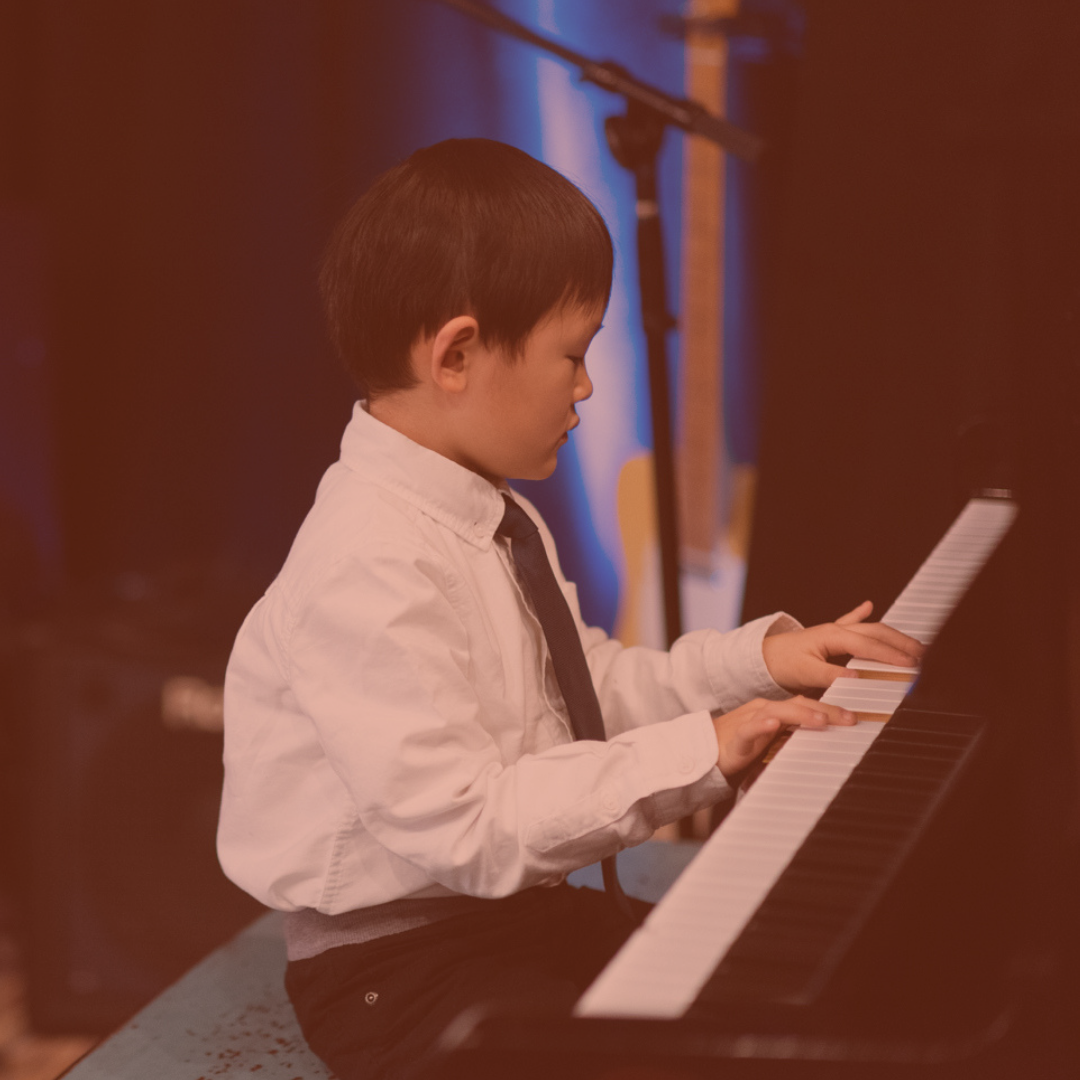Electric Guitar for Kids; How Young is Too Young?
Playing a musical instrument is a great way for children to improve their cognitive, motor, and creative skills. We’ve seen countless kids discover the “spark” and passion for music when they first pick up an instrument, even when other activities have failed to ignite interest. The electric guitar, in particular, is an instrument many kids aspire to learn. However, parents often wonder, how young is too young for their child to start playing the electric guitar?
Electric Guitar for Kids – When to Start?
While it is true that some prodigies have started playing the electric guitar at a very young age, it is recommended for most kids to start with an electric guitar after they have learned the basics of playing the acoustic guitar. There’s so much to learn regarding the guitar, and without having a strong understanding/foundation of the basics (chords, tuning, tabs, strumming), it’s unlikely a child would enjoy trying to play an electric guitar. Simply developing finger strength and dexterity is necessary before moving on to the electric guitar.
So, at what age should kids start learning the guitar? Generally, kids as young as 6 or 7 years old can start learning the acoustic guitar, but it is essential to find the right guitar teacher who specializes in guitar lessons for kids so as to avoid the pitfalls of frustration. Guitar lessons for kids should be structured but, more importantly, fun! We find that most children that have quit music do so most commonly from a lack of inspiration and fun, which is exactly what Jammin With You is all about, inspired fun and learning.
Electric Guitar for Kids – Progressing Through Acoustic
As kids progress with their acoustic guitar lessons, they can explore different music genres and develop their preferences. Some kids may be interested in learning the electric guitar at this point, while others may want to continue with the acoustic guitar. It’s important to listen to your child’s interests and their instructor’s suggestions to guide them toward the most enjoyable path.
When kids are ready to move on to the electric guitar, it is crucial to find the right-sized guitar. Electric guitars come in various sizes, and choosing one that fits your child’s size, skill level, and age range is important. A guitar that is too big or heavy can be discouraging and work against your child’s progress.
Electric Guitar for Kids – Electrical Equipment and Peripherals
With acoustic guitars, there’s really only one component that children need to consider; however, electric guitars require amplifiers, cables, and other accessories, which can be overwhelming for kids. Giving a child all this equipment/gear and responsibility can be overwhelming initially, which is another reason we suggest acoustic guitars as a starting point.
Start Promoting a Passion for Music
While there is no “set age” for when kids should start learning the electric guitar, it is important to ensure that they have a strong foundation in guitar basics that come with first learning on an acoustic guitar.
Guitar lessons for kids should be structured, fun, and focus on building a strong foundation in music theory and ear training without being an overwhelming experience, which is why we don’t suggest children start with an electric guitar. With the right guidance and equipment, a child’s passion for learning an instrument can stick with them forever!
Click to link to learn more about our private guitar lessons for kids.
